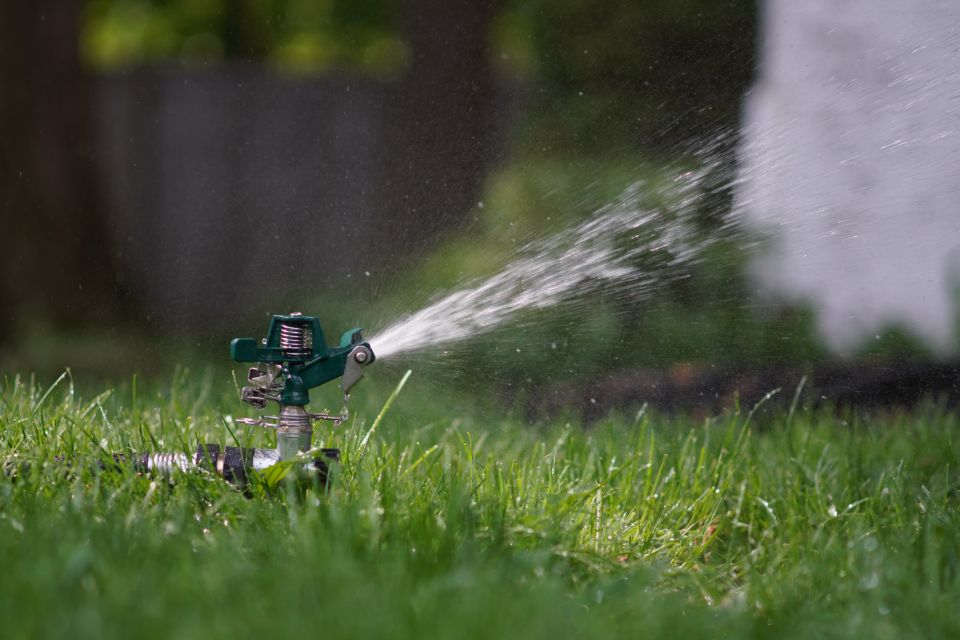'The Water Demand Forecasting Tool gives insight into water shortages'

The Water Demand Forecasting Tool helps make forecasts during dry summers, so that decisions can be made based on these forecasts. With the growing scarcity of fresh water, the tool can offer a solution. The Water Demand Forecasting Tool is now used by Hoogheemraadschap Hollands Noorderkwartier (HHNK) and other water authorities around the IJsselmeer area in the Netherlands. We spoke to Marcel Boomgaard, hydrologist at HHNK.
The Water Demand Forecasting Tool has been in use at HHNK since spring 2020.
Who is using the tool and what for?
‘The tool is currently in the testing and validation stage, so it is only used by hydrologists from the Research Cluster, including myself. This spring and summer we will continue to compare the data from the tool with our own intake measurements and water demand calculations.
In 2020 we launched a project to again measure and calibrate our main inlets at the Ijsselmeer and Markermeer lakes. This was important because we came to realise that our inlets had not been calibrated for a long time and, with an increasing risk of drought, it becomes increasingly important for water authorities to know how much water is pumped in.
The intake flows are calculated based on formulas. This project strengthens the validation process for the Water Demand Forecasting Tool.
The intention is that the tool will eventually become part of a drought dashboard within HHNK, making it easily available to many more colleagues.’
Why do you think forecasting water demand is important?
‘Forecasting water demand is important to acquire an early insight into threatening shortages and possible necessary procedures and measures to be taken. The tool is important in this respect because it provides a forecast for the entire region, based on uniform starting data. This provides a basis for an up-to-date shared water overview and can become a starting point for discussions about reductions or water distribution in case of impending or actual water shortages.’
What insight does the Water Demand Forecasting Tool offer?
‘The tool gives us insight into the development of water demand up to six weeks in advance. The uniform basis on which the water demand is calculated provides a reasonably objective overview of the demand per area. In addition, the tool provides insight into the build-up of water demand per function of the drought sequence. The regularisation series is a crucial tool in dealing with drought. In case of an actual water shortage the series indicates which functions will still receive water and which will not, so it is a priority sequence of water users. There is a national series, and this has been developed into a regional series. The series for the northern Netherlands (around the IJsselmeer) was recently redefined.
The total water demand provides information on the expected development of water levels in the IJsselmeer region. This information forms input for the IJsselmeer and Markermeer’s water balance.’
'The tool gives exactly the information we need'

Which function is most important to you?
‘We use all the functions that the tool currently offers, because it provides exactly the information that is needed. We gave this a lot of thought during development. Possible improvements are mainly in the methodology, transparency and explainability.’
To what extent does climate change play a role in the area HHNK is responsible for?
‘We probably experience climate change when we look at the extremes that occur. Think of very extreme cluster rain fall during summer, like in June 2021. That caused a lot of flooding along our coastline. Or think of the dry periods in spring that appear more early each year, as was the case again in March this year. But it remains difficult to estimate the role of climate change and the variability of the weather.’
Read more about the Water Demand Forecasting Tool
Fresh water scarcity is a growing problem. This tool makes it easier for water managers to anticipate on supply and demand.



